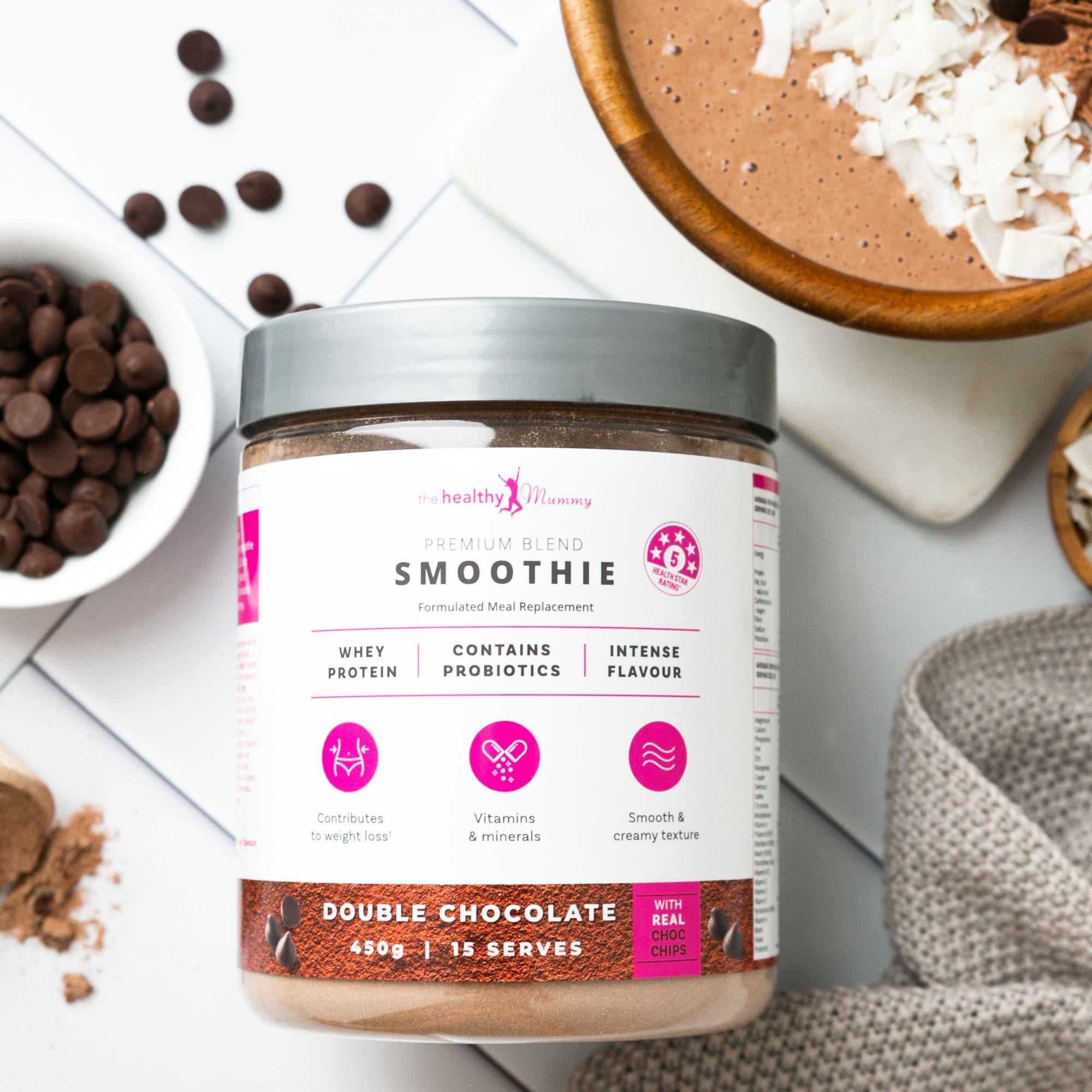Midwife and lactation expert explains what dream feeding is and how it works
Midwife, Lactation consultant (IBCLC), Child and Family Health Nurse, baby wearing consultant and mum of two, Bel Moore, explains everything mums need to know about dream feeding.
You may not have ever heard of dream feeding before, let alone considered doing it. It’s a process that many mothers do feed their baby without disturbing them while they are asleep.
Here’s what you need to know and how you can do it…
What is a dream feed?
A dream feed is when a parent tops up their baby up with either milk from the breast breast or a bottle of expressed breastmilk or formula, while the infant is still asleep.
The goal is that it reduces night wakings and help parents get a bigger chunk of sleep.
After the first few weeks, babies usually do their longest chunk of sleep (4-8 hours) in the first part of the night, but as parents don’t usually go to bed when infants do (hello Netflix, online shopping and scrolling through Facebook), they may wake for a feed, just as you drift off to sleep.
Some parents have success in offering a ‘dream feed’ just before they get into bed (around 10-11pm), meaning they may get a few more hours of uninterrupted sleep before their baby wakes for the next feed.
It is normal for infants to feed every few hours over night in the first few months due to their small stomach size, fast metabolism, how easily digested breast milk is and having shorter sleep cycles than adults.
If you’re worried night wakings are due to low milk supply check out this article.
So, how do I dream feed a baby?
If breastfeeding:
Gently pick up your sleeping baby, without waking them and place them at the breast, you can encourage them to feed my brushing their lower lip with your nipple and/or squeezing some milk out onto the nipple. Infants usually feed so calmly when asleep and will fall off the breast when full.
They also don’t take in much air when so relaxed, so just pop them upright before putting in their sleep space, in case they have a little bit of wind but you shouldn’t have to actively burp them (and accidentally wake them).
Taking care not to wake them, pop them back to bed and jump in bed yourself.
Night feeds are important to maintain milk supply, so don’t be tempted to give a fully breastfed baby, a bottle of formula for the dream feed in hopes of more sleep as it can do the opposite and also lower your milk supply.
If bottle feeding:
Gently slip the nipple of the bottle in between baby’s lips – this and the taste of the milk is often enough to induce baby to drink.
Ensure you’ve made up enough formula as running out can make the baby wake up (and grumpy).

Does dream feeding work for all babies? Is it too late to introduce a dream feed?
Some babies will be in too deep of a sleep to be roused enough to drink, so a dream feed will not be successful for them.
Usually babies under six months respond to dream feeds the best, after this age most have learnt to consolidate the biggest chunk of their sleep to the start of the night and getting them out of bed can cause problems.
Dream feeds also don’t tend to work on infants that are extra alert or sensitive to be taken out of their sleep environment. Don’t risk waking them, as it may further decrease your sleep time.
You can try swaddling your baby (if not yet rolling) to reduce the Moro/startle reflex that is responsible for waking babies up when startled.
If you want to try introducing a dream feed, try it out for a few nights or a week and see if it works for you, your baby and your family. Always speak to your trusted healthcare professional for any infants that have additional needs before altering feeding or sleeping patterns.

The Healthy Mummy smoothie has been created to help mums benefit from a wide range of nutrients which can also help support your healthy eating plan and exercise routine if you are trying to lose weight.
The smoothie range has been formulated by leading nutritionists, dieticians and with input from Monash University.
It offers an excellent source of essential vitamins, minerals, nutrients and important antioxidants.
It’s also free from any weight loss accelerants, caffeine, contains no wheat ingredients, no fructose, is 96 per cent sugar free and is dairy free.
You can download our information fact sheet here. You can also download the smoothie label and ingredient list here.










